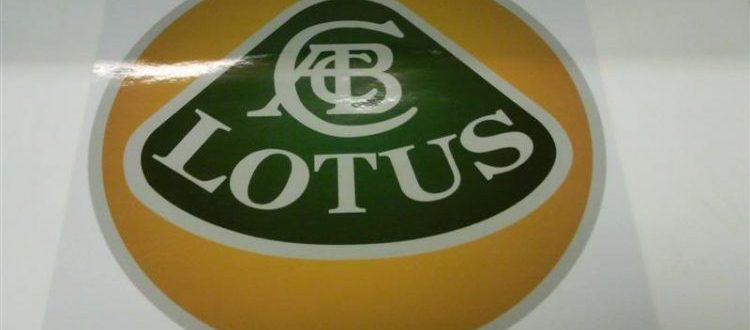Custom laminated signs are a popular and effective way to communicate messages and advertise businesses or events. These signs are created by applying a layer of clear protective laminate over printed graphics or text, increasing durability and longevity.
The lamination process not only enhances the aesthetic appeal of the sign, but also protects it from fading, scratching, or other damage caused by weather conditions or regular use. Offering versatility and customization options, they are a versatile tool for both indoor and outdoor advertising, providing a professional and eye-catching way to convey important information.
Why Custom Laminated Signs?
There are several reasons why using them is beneficial:
1. Durability: The lamination process adds a layer of protection, making the signs more resistant to fading, scratching, and damage from moisture or sunlight. This ensures that the signs maintain their quality and effectiveness for a longer period of time.
2. Professional appearance: They have a polished and professional look, enhancing the visual appeal of the message or branding. This can attract attention and make a positive impression on potential customers or event attendees.
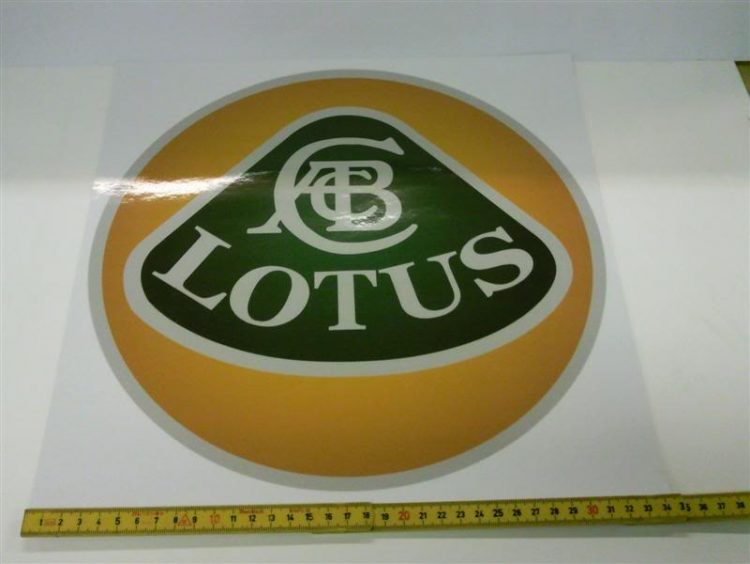 3. Versatility: They can be used both indoors and outdoors. They can withstand different weather conditions, making them suitable for a variety of applications such as real estate signs, yard signs, trade show displays, or menu boards.
3. Versatility: They can be used both indoors and outdoors. They can withstand different weather conditions, making them suitable for a variety of applications such as real estate signs, yard signs, trade show displays, or menu boards.
4. Customization options: With custom laminated signs, businesses have the freedom to design their own unique messages and graphics. This allows for branding consistency and the ability to convey specific information or promotions.
5. Longevity: They have a longer lifespan compared to non-laminated signs. The protective laminate ensures that the sign remains intact and vibrant even after prolonged exposure to the elements or regular use.
6. Cost-effectiveness: While there may be an upfront investment in laminated signage, their durability and longevity make them a cost-effective advertising solution in the long run. Businesses can avoid the frequent replacement or repair associated with signs that are not laminated.
Overall, they offer a reliable and visually appealing way to convey messages, promote businesses, and communicate vital information, making them a popular choice for many businesses and organizations.
How are High Pressure Laminate Signs Made?
High Pressure Laminate (HPL) signs are made by a process that involves layering several materials together. First, a sheet of durable and rigid substrate, such as aluminum or PVC, is chosen as the base. Then a layer of adhesive is applied to the substrate, which serves as the bonding agent for the decorative layer. The decorative layer consists of printed graphics or text, and is usually made of high-quality vinyl or digital prints.
A clear protective layer of laminate is then applied over the graphics and substrate, sealing the design and ensuring durability. This special laminate is heated and pressed at a high temperature, which activates the adhesive and fuses the layers together. The result is a high-quality, long-lasting sign that can withstand harsh outdoor conditions and use. HPL signs are known for their resistance to fading, scratching, and discoloration, making them a reliable and effective option for many businesses and organizations.
What is the Difference Between Laminate and High-Pressure Laminate Signs?
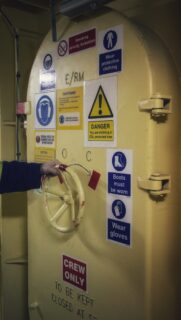 The main difference between laminate and high-pressure laminate (HPL) signs lies in the manufacturing process and the materials used. Laminate signs typically involve applying a clear protective layer of laminate over printed graphics or text. This provides durability and protection against fading, scratching, and weather damage.
The main difference between laminate and high-pressure laminate (HPL) signs lies in the manufacturing process and the materials used. Laminate signs typically involve applying a clear protective layer of laminate over printed graphics or text. This provides durability and protection against fading, scratching, and weather damage.
On the other hand, HPL signs are made by layering materials together, including a rigid substrate, adhesive, decorative layer, and a clear protective layer of laminate. The HPL manufacturing process involves heating and pressing the layers together at high pressure, resulting in a more durable and long-lasting sign. HPL signs are known for their resistance to fading, scratching, and discoloration, making them ideal for outdoor use and applications where longevity is crucial.
So, while both laminate and HPL signs provide protection and durability, HPL signs offer a higher level of durability and are often preferred for more demanding environments.
What Material are Custom Laminated Signs Made of?
They can be made of various materials, depending on the specific needs and requirements of the application. Common substrate materials used include aluminum, corrugated plastic, foam board, PVC, and acrylic. Aluminum is a popular choice for outdoor laminated signs because of its lightweight, durability, and resistance to weather damage. Corrugated plastic is a lightweight and cost-effective option that is commonly used for yard signs or directional signage.
Foam board is a lightweight and rigid substrate that is ideal for indoor displays or trade show signs. PVC and acrylic are both durable and versatile materials that can be used for a wide range of indoor and outdoor applications. Ultimately, the choice of material for laminated signs depends on factors such as desired durability, location, budget, and aesthetic appeal.
Laminated Vs. Non-Laminated Signs
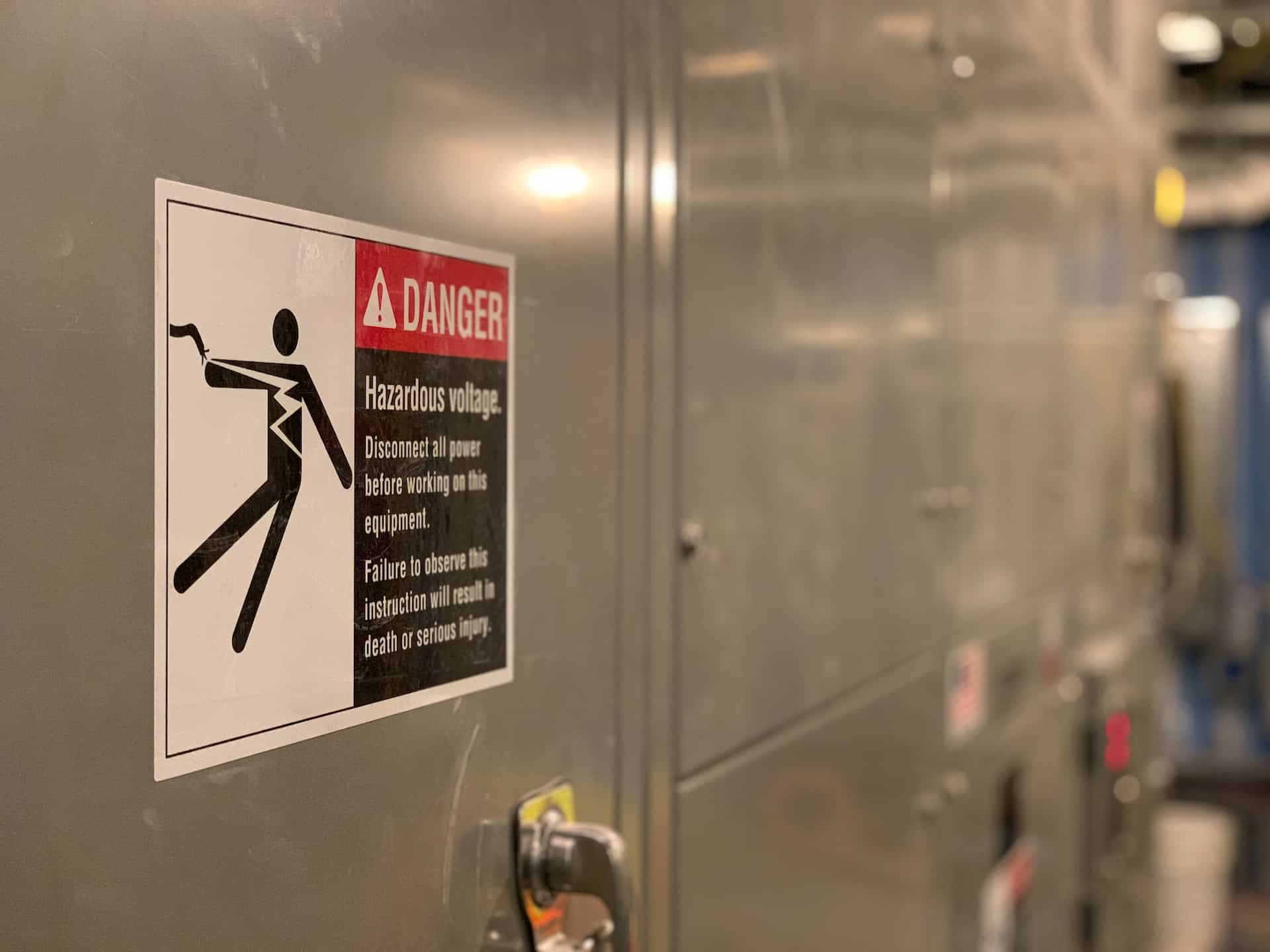 Laminated signs provide several advantages over non-laminated signs. The lamination process adds a protective layer that enhances durability and longevity. Laminated signs are more resistant to fading, scratching, and damage from moisture or sunlight, ensuring that the signs maintain their quality and effectiveness for a longer period of time.
Laminated signs provide several advantages over non-laminated signs. The lamination process adds a protective layer that enhances durability and longevity. Laminated signs are more resistant to fading, scratching, and damage from moisture or sunlight, ensuring that the signs maintain their quality and effectiveness for a longer period of time.
In contrast, non-laminated signs are more susceptible to wear and tear, which can lead to a shorter lifespan and the need for more frequent replacements. Laminated signs also offer a more professional appearance with a polished and glossy finish, making them visually appealing and capable of leaving a positive impression on viewers.
Non-laminated signs may lack the same level of polish and can appear dull or faded over time. Finally, laminated signs have the advantage of being more versatile, as they can be used both indoors and outdoors, while non-laminated signs may be limited to specific environments. In summary, laminated signs provide greater durability, a more professional appearance, and broader application possibilities compared to non-laminated signs.
What Signs Can be Laminated?
Safety signs: Signs that convey important safety instructions or warnings, such as emergency exit signs, caution signs, or hazardous area signs.
Directional signs: Signs used to guide people through a facility or area, such as wayfinding signs, arrows, or signs indicating specific locations like restrooms or parking areas.
Informational signs: Signs that provide information or instructions, such as rules and regulations signs, instructional signs, or signs with important notices or guidelines.
Advertising signs: Signs used for promotional purposes, such as sales signs, advertisements, or signs displaying special offers or discounts.
Identification signs: Signs that identify and label different areas, rooms, or objects, such as door signs, office signs, or room number signs.
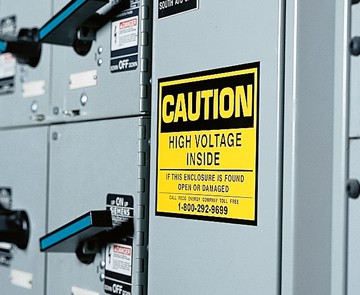 Warning signs: Signs used to warn individuals about potential hazards or dangers, such as slippery surface signs, electrical hazard signs, or biohazard signs.
Warning signs: Signs used to warn individuals about potential hazards or dangers, such as slippery surface signs, electrical hazard signs, or biohazard signs.
Exhibit signs: Signs used in exhibitions or displays, such as informational panels, artwork descriptions, or exhibit markers.
Traffic signs: Signs used for traffic control and regulation, such as stop signs, speed limit signs, or crosswalk signs.
Event signs: Signs used for events or gatherings, such as banners, posters, or directional signs for parking or entrance points.
Outdoor signs: Signs placed outside that withstand exposure to weather conditions, such as business signs, real estate signs, or street signs.
It’s important to note that while many signs can be laminated, the specific requirements and restrictions for each type of sign may vary.
Are Custom Laminated Signs Weatherproof?
They are weatherproof on their own, though the lamination process adds a layer of protection to the surface of the sign. Moreover, the use of laminated materials can increase the durability of a sign and extend its lifespan, making it more resistant to weather damage. For instance, signs made with high-quality vinyl material and laminated with a UV-resistant film can withstand some weather exposure and resist fading from sunlight exposure.
Therefore, it is important to consider the specific application and environment when choosing laminated signs and to ensure that the materials and lamination process used are appropriate for the intended use and expected conditions.
Conclusion
Custom laminated signs offer a durable and long-lasting solution for a variety of applications. They add a protective layer that increases resistance to damage, fading, and wear and tear, resulting in signs that remain effective and visually appealing for a longer period of time. Ultimately, they offer more versatility, durability, and professional appearance compared to non-laminated signs, making it an ideal choice for all types of businesses, organizations, and individuals looking for effective signage.
Popular Posts:

